
Architectural Traces Predating the Karaz Culture Unearthed in Eastern Anatolia’s Değirmenler Mound
Archaeologists in eastern Türkiye have uncovered architectural remains predating the Karaz (Early Bronze Age) culture during ongoing rescue excavations at Değirmenler Mound in Erzurum’s Yakutiye district. The discovery—revealing structures, hearths, ovens, and domestic layers dating back more than 6,000 years—suggests that settled life in the region began earlier than previously believed.
The excavation, conducted under the supervision of the Erzurum Museum Directorate with the permission and support of the Ministry of Culture and Tourism, has been underway for two years as part of the Değirmenler Mound Excavation Project.
Layers Beneath the Bronze Age
Until recently, Değirmenler Mound was known for its well-preserved Karaz culture remains, a defining Early Bronze Age horizon that spread from the Caucasus to Iran, Eastern Anatolia, and the Levant. However, newly exposed stratigraphy now extends the site’s occupational history further back—into the Chalcolithic and possibly Neolithic periods.
“The results are reshaping what we know about Erzurum’s earliest history,” said Assoc. Prof. Dr. Gülşah Altunkaynak, excavation director from the Erzurum Museum. “We are now reaching layers that predate Karaz, revealing architectural traces that may represent the region’s earliest settled communities.”
📣 Our WhatsApp channel is now LIVE! Stay up-to-date with the latest news and updates, just click here to follow us on WhatsApp and never miss a thing!!
A Four-Phased Architectural Sequence

One of the most striking finds is a large industrial oven—square in plan with a cylindrical entrance and a connected channel—interpreted as part of a centralized production zone. This multi-phased structure shows four construction stages, the earliest being round, later transformed into a square plan. Such a transformation reflects an architectural evolution long theorized for the region: the transition from circular to rectangular domestic spaces in early settlements.
Excavations also revealed densely built areas with stone-paved floors, plastered walls, reed mat flooring, and a complex network of ovens and working areas—indicating organized craft production.
The Pre-Karaz Horizon Emerges
Stratigraphic analysis combined with carbon dating has confirmed occupational layers dating to around 6,000 years ago, while deeper levels may reach even further back. These earlier strata include distinct ceramic assemblages, environmental materials such as reeds and seashells, and traces of wall coverings—unprecedented evidence for prehistoric habitation in the Erzurum plain.
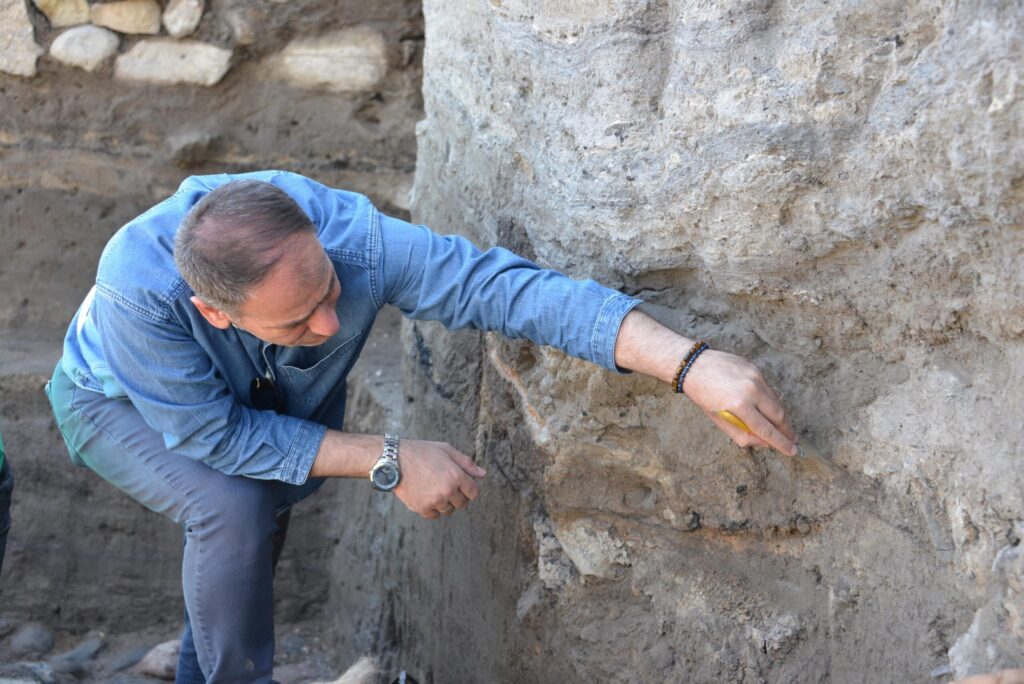
“The presence of architectural remains beneath the Karaz layers is a turning point,” Altunkaynak explained. “We now have the chance to observe, in one place, the full developmental sequence—from circular early dwellings to later rectilinear architecture characteristic of the Karaz horizon.”
Expanding the Understanding of Eastern Anatolia’s Prehistory
With its four-room architectural complex, Değirmenler Mound currently stands as the only site in the region displaying the full evolution of Early Bronze Age architecture alongside earlier settlement evidence. The discovery could ultimately redefine the prehistoric map of Eastern Anatolia, bridging the cultural gap between the highlands of the Caucasus and the ancient Near East.
“The mound has begun to reveal the earliest architectural traces of Erzurum’s history,” Altunkaynak concluded. “What started as a rescue excavation is turning into one of the key archaeological projects for understanding how human settlement developed on the Anatolian high plateau.”
Cover Image: Aerial view of the Değirmenler Mound excavation showing Early Bronze Age and pre-Karaz architectural phases. Credit: AA
You may also like
- A 1700-year-old statue of Pan unearthed during the excavations at Polyeuktos in İstanbul
- The granary was found in the ancient city of Sebaste, founded by the first Roman emperor Augustus
- Donalar Kale Kapı Rock Tomb or Donalar Rock Tomb
- Theater emerges as works continue in ancient city of Perinthos
- Urartian King Argishti’s bronze shield revealed the name of an unknown country
- The religious center of Lycia, the ancient city of Letoon
- Who were the Luwians?
- A new study brings a fresh perspective on the Anatolian origin of the Indo-European languages
- Perhaps the oldest thermal treatment center in the world, which has been in continuous use for 2000 years -Basilica Therma Roman Bath or King’s Daughter-
- The largest synagogue of the ancient world, located in the ancient city of Sardis, is being restored



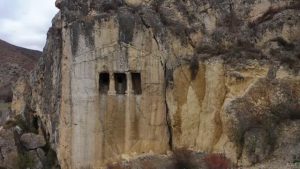

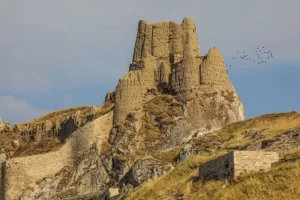
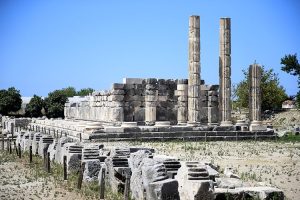



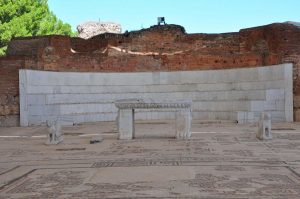
Leave a Reply